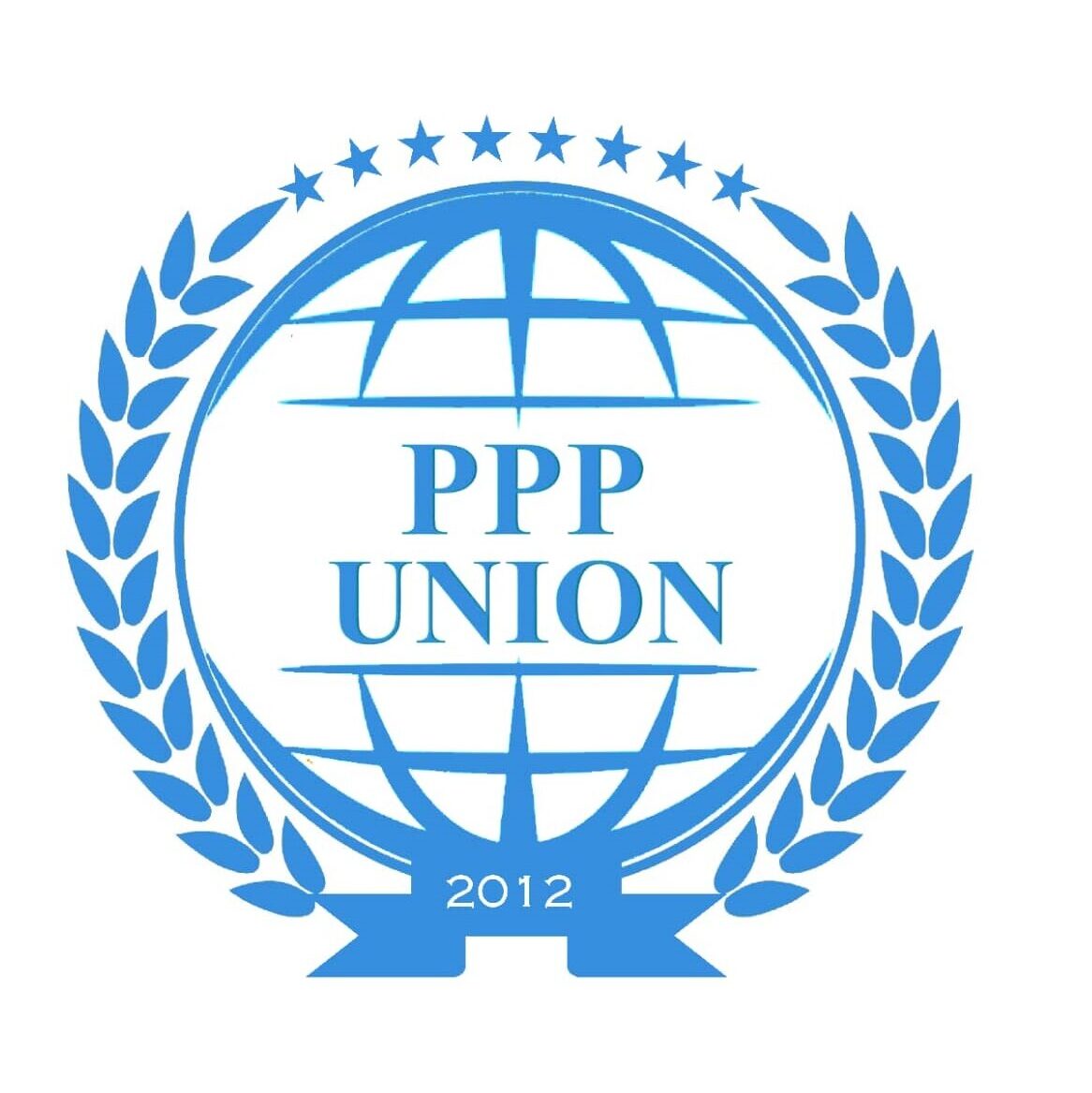The PPP Union experts researched PPP models in history, there are too many claims, official articles, and theories about PPP modes. According to official website of Malasia PPP they stated that: Over the last 30 years, Malaysia’s PPP initiative has undergone a series of evolutions and transformations, which has contributed to the rapid development of the nation. The many project models implemented under the overarching PPP framework has unlocked opportunities for the Government to stimulate the economy via full private sector financing, thus creating economic spillovers and multiplier effects specifically from infrastructure projects.
According to United Kingdom – England PPP Units and Related Institutional Framework published by EPEC in 2012, stating in page number five (5 of 41). (The United Kingdom has historically been one of the largest markets for PPPs worldwide. However, within the United Kingdom, PPPs have been used in very different ways and at different levels of intensity.
The first PPP projects were started in the early 1990s and, despite changes of government, there was a steady increase in their use throughout that decade, with most activity being branded under the Private Finance Initiative (PFI). In addition to PFI, the UK also makes significant use of other types of PPP, such as joint ventures, concessions and information and communication technology (ICT) PPPs. Consequently, the number and value of closed PPP projects remains high by international standards).
PPP Union experts mention the above two articles just for example, but there are dozens of other journals as same on contrary of each other statements.
To find the original source and History of PPP we studied enough historical economic theories and systems and its definitions. In the result of so long and hard work the experts observed that there is some deference in the phrases otherwise we can say that the Public Private Partnership Models are already defined and explained in Islamic commercial jurisprudence (Arabic: فقه المعاملات),
The Islamic commercial jurisprudence (Arabic: فقه المعاملات), is an integral part of Islamic economics (Arabic: الاقتصاد الإسلامي). Islamic economics refers to the knowledge of economics or economic activities and processes in terms of Islamic principles and teachings.
According to Wettenhall, R. (2019), The Public/Private Interface: Surveying the History, in G. Hodge and C. Greve (eds.), The Challenge of Public–Private Partnerships: Learning from International Experience, Cheltenham UK: Edward Elgar,
(Governments have used such a mix of public and private endeavors throughout history)
Muhammad Ali of Egypt utilized “concessions” in the early 1800s to obtain public works for minimal cost while the concessionaires’ companies made most of the profits from projects such as railroads and dams.
Muhammad Ali Pasha was born on 4 March 1769 passed away 2 August 1849, he was the Ottoman Albanian governor and ruler of Egypt from 1805 to 1848, considered the founder of modern Egypt. He was also considered as the 1st “concessions” PPP model founder.
Islamic commercial jurisprudence Few types of MOUs/Agreements
-
- Shirkat (Partnership):
Musharakah is like a joint venture. It allows Profit or Loss, Equity and increase in brand name Goodwill, participation by the parties, who finance a project in agreed proportions in either Gold or Silver only as will be explained later. They each agree to accept a percentage of the returns and risk, sharing the profit and loss of a project in proportion to their investment or otherwise as agreed upon. The Shirkat also has a few forms, a famous form is the Muzarbeh.
-
- Muzarbeh
Mudarabah is a contract between the agent and the owner of the capital (the owner) and it is in such a way that the agent does business with the capital of the owner of the property and shares a percentage of the profit with him, of course, if any profit is obtained, it is Shares the property with the owner based on the contract. The basic condition for correcting mudarabah is acceptance of the risk by the owner of the capital and lack of guarantee of the agent in relation to the capital. Otherwise, the capital is as a loan, and after concluding mudaraba, the agent cannot transfer the capital to another person with a lower interest.
-
- Qirad or Muzaribat:
Qirad or Muqaradah (originated in Madinah); this is what it was called in Madinah. The word comes from the Arabic ‘qard’, which means the surrender of rights over capital by the owner to the user of the capital [a loan]. Agent is in Arabic ‘al- ‘amil’ and the investor in Arabic is ‘sahibul-mal’ or ‘rabbul-mal’.
- Qirad or Muzaribat:
We mentioned the above three examples to compare with modern terms of PPP. For more Islamic types dealing you can study the Islamic commercial jurisprudence. There are defined and introduced several types of financial, economic, asset management, safe keeping, and agricultural, upon study of Islamic commercial jurisprudence any person can compare the terms of Modern PPP to Islamic defined system which are too much similar.
Modern and Modified PPP.
Upon 2015 when the world leaders gathered at the International Conference on Sustainable Development Financing for Development and adopted 17 Sustainable Development Goals (SDGs) and related 169 targets, the PPP become under focus of too many countries, companies, and PPP facilitators. So, the history of reformed and modern PPP is referred to the legalization and regulation date of PPP member countries.

